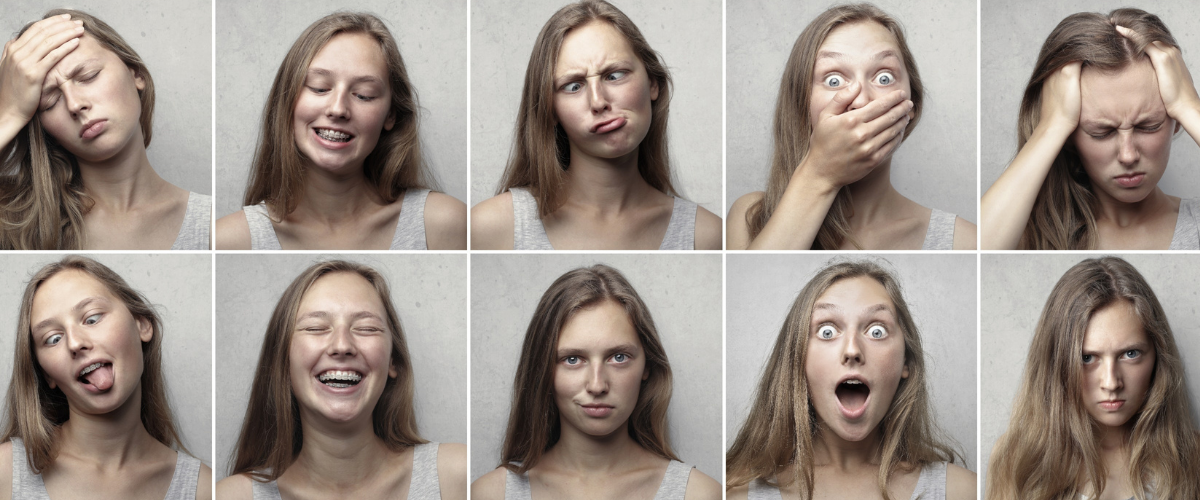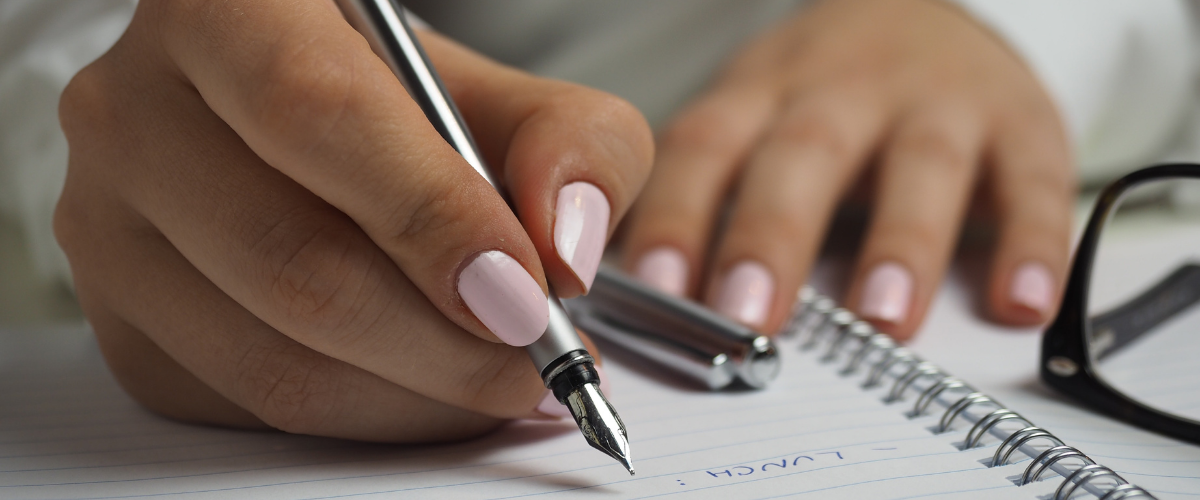Brain Blast | Fantasy Becomes Reality
The latest news on the brain and beyond.
For relief from our stressful lives, many of us have escaped into the fantasy worlds of our favorite movies and novels. Why is it that we feel so connected to the people in these make-believe places? Discover how the human brain responds to fictional characters and much more below.
How loneliness affects attention
Lonely people may pay more attention to negative stimuli than those who are not lonely. When shown an image of an angry person, participants in the “lonely” group of a UC San Diego study performed cognitive tasks more slowly than those in the control group. At the same time, their EEGs showed more activity in the left superior parietal cortex of the brain, which is linked to attention distribution.
How holding on to the bad impacts well-being
University of Miami scientists measured the fMRIs of study participants as they were shown negative, positive, and neutral images. The less time a subject’s amygdala spent processing the negative images, the more likely they were to report positive emotions and overall well-being. Thus, the way our brains respond to small events can affect how we perceive our entire lives - a concept which may be valuable in addressing depression and other mental health challenges.
How sleep supports healing after TBI
Perivascular spaces are an important part of the glymphatic system, which clears waste in the brain during sleep. Enlargement of perivascular spaces has been linked to dementia. Using MRIs, researchers found that veterans who struggled to sleep had more enlarged perivascular spaces and suffered more symptoms following traumatic brain injuries (TBIs). These findings indicate that regular sleep may help the brain heal after a TBI.
How handwriting boosts memory
Students in a recent study were asked to write down a schedule using a pen on paper, a stylus on a tablet, or a keyboard on a smartphone. When asked to recall that schedule, those who took notes with pen and paper were able to do so the most quickly, followed by the tablet group, and then the smartphone group. The students who wrote by hand also demonstrated greater brain activity in the regions linked to visualization, language, and memory.
How we relate to TV characters
Ever lost yourself in a book or TV show? Students at The Ohio State University set out to understand this phenomenon. “Game of Thrones” fans were asked to think about a specific character from the show while the research team measured their brain activity via an fMRI machine. Participants who reported identifying with that character showed much more brain activity than those who did not like that character.
How an AI learns what you find attractive
What physical traits do you find appealing in a person? An AI model can find out. Study participants were asked to look at images of people while their EEG was recorded. Researchers then linked this EEG data to a neural network capable of generating artificial portraits. Based on their EEG, the AI model in this study was able to understand what a participant found attractive and create a portrait of a fictional person who met those unique criteria.
Get on our list
Sign up for the Versus Mailing List today and we’ll send the Brain Blast to your inbox every month.








